Primary Wildlife Program Drivers:
Dam removal and restoration of the Elwha River ecosystem
- Response of river dependent wildlife to dam removal
- Wildlife recolonization of newly-exposed floodplain habitats (former Aldwell and Mills reservoirs)
- Research and monitoring of important species for subsistence harvest (deer, elk, and the predators that prey upon them)
- Maintaining annual harvest regulations using the best available data
- Use cougars as an umbrella species for understanding wildlife habitat needs
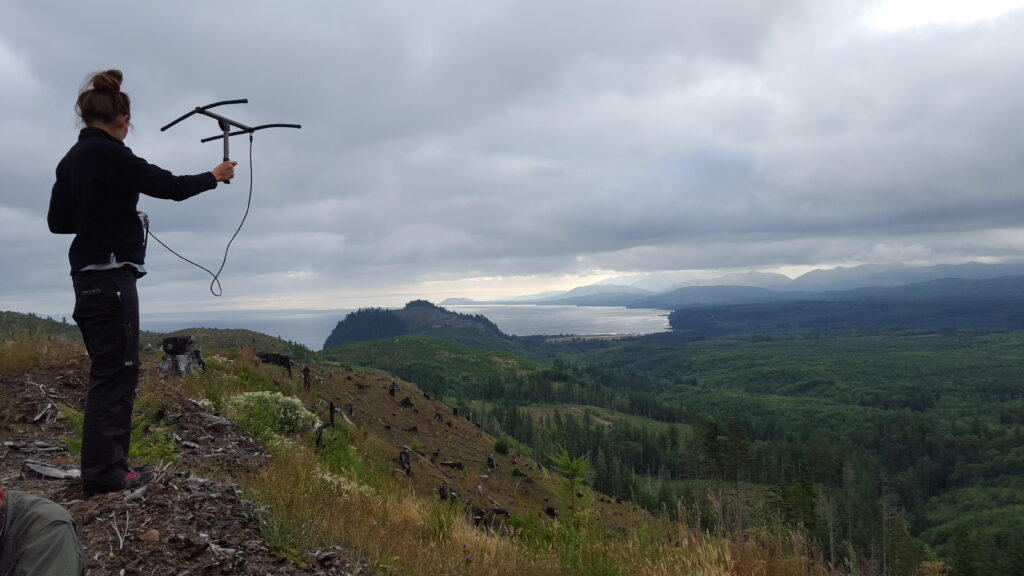
Dam removal and restoration of the Elwha River ecosystem
From 2010-2013, we studied response of river-dependent wildlife to dam removal. Specifically, we studied American dippers and river otters, and gained valuable insight into the use of marine-derived nutrients from salmon by these species, and how those nutrients positively impact their lives. From 2014-2017 we studied response of terrestrial wildlife to dam removal and habitat restoration. Deer, elk, beavers, and several species of birds and small mammals increasingly used the former reservoirs over the three years of study. At present, we are monitoring a grid of 30 cameras in the Elwha to continue to document wildlife recolonization of habitats that were formerly flooded due to dams. At these monitoring cameras, we have documented deer, elk, coyotes, black bears, cougars, bobcats, weasels, snowshoe hare, beavers, fishers, and several species of bird and small mammals. We have successfully recorded over 1 million images of all species of interest. These cameras are continuing to record amazing data, and we will continue to monitor them for at least two more years.
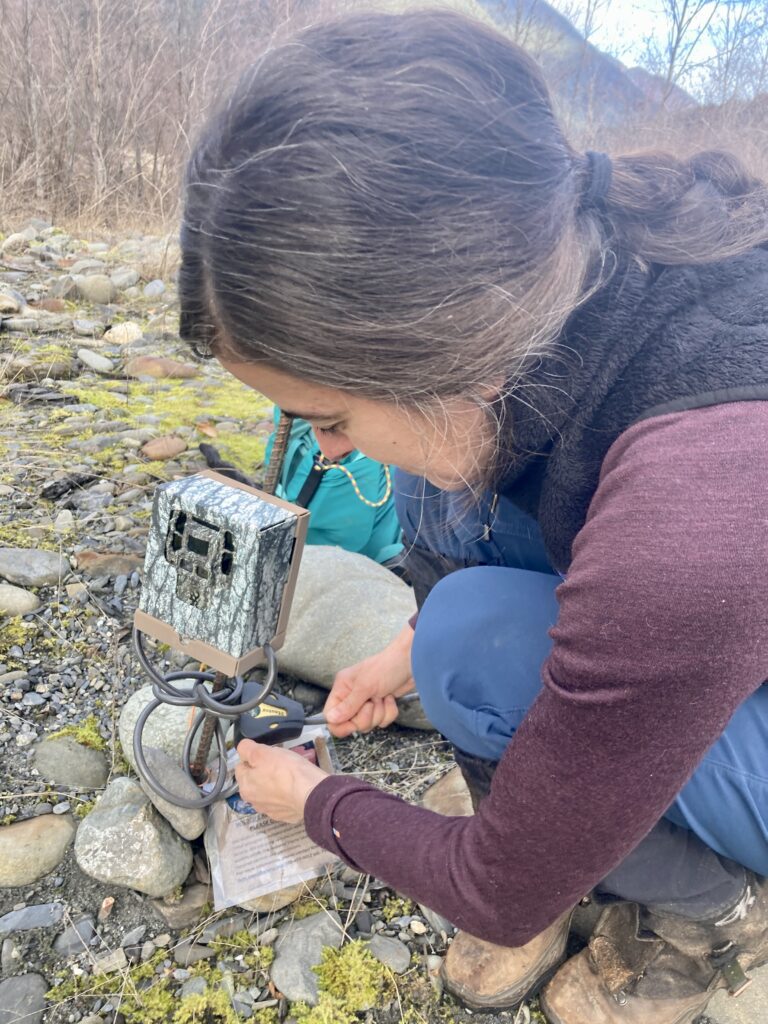
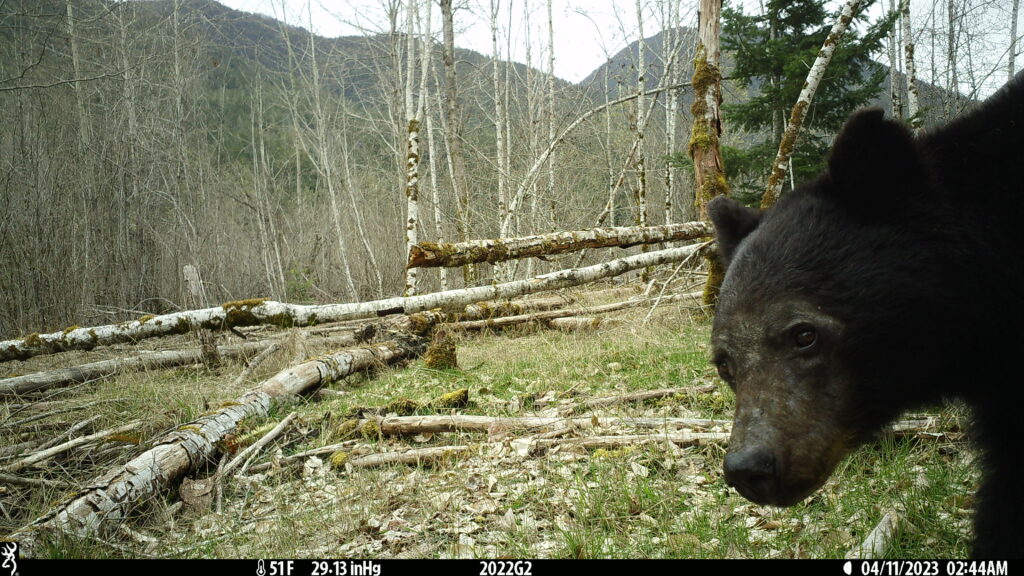
Beginning in 2007, we did several years of deer and elk studies using a variety of methods:
- helicopter surveys
- capture and collaring of both deer and elk
- spotlight surveys
- genetic surveys from scat
- fawn mortality studies
While those studies taught us valuable information and allowed us to set biologically-based harvest regulations (and compel the state to do the same), those surveys are expensive and difficult to repeat. At present, six Olympic Peninsula tribes are working together to monitor 550+ cameras/year across 3,060 square miles. These non-invasive camera monitoring surveys are a wonderful tool because they allow us to survey for wildlife across diverse habitats on the Olympic Peninsula during inclement weather, during day and date, and during multiple seasons/year.
From these images, we are developing a photo database of six culturally important wildlife species – deer, elk, cougar, black bear, bobcat, and coyote – and their key habitats. These studies will help us develop baseline population estimates for these culturally important wildlife species, and then use these estimates as the basis for long-term monitoring and ensuring that hunting regulations provide ample hunting opportunity for tribal members while conserving wildlife for the next Seven Generations of subsistence harvesters.
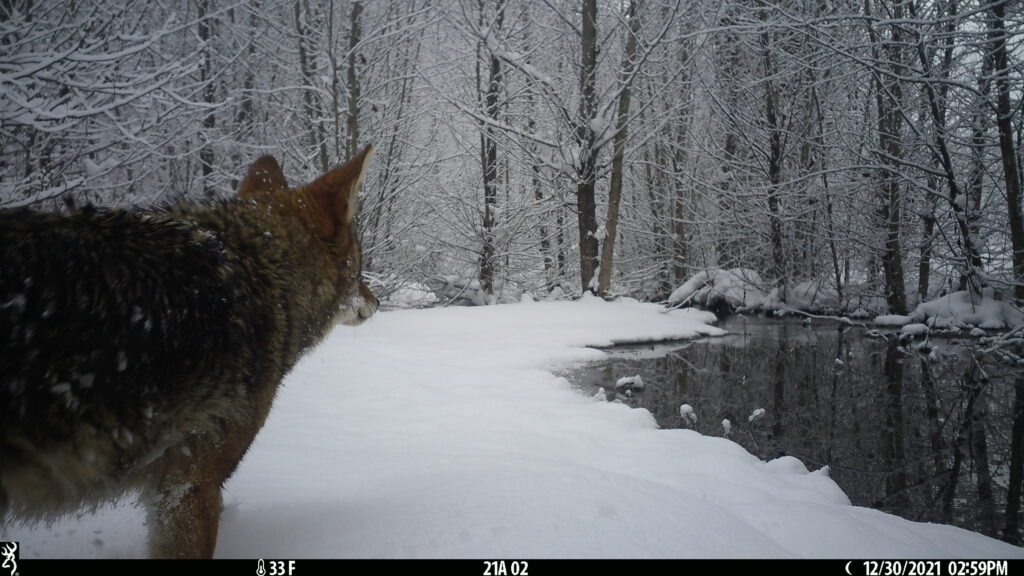
We are studying cougars as an “Umbrella Species”- habitats that are good and available for a large, wideranging carnivore are also good for multiple other species. Cougars help us understand what habitats need to be protected and preserved for the future success of ALL species of wildlife. This is largely supported by “The Olympic Cougar Project” ; a collaboration among several tribes across multiple states, the conservation non-profit Panthera and the University of Idaho. These partners share a common long-range goal of protecting important habitats for the benefit of current and future tribal communities and the ecosystems on which they rely.
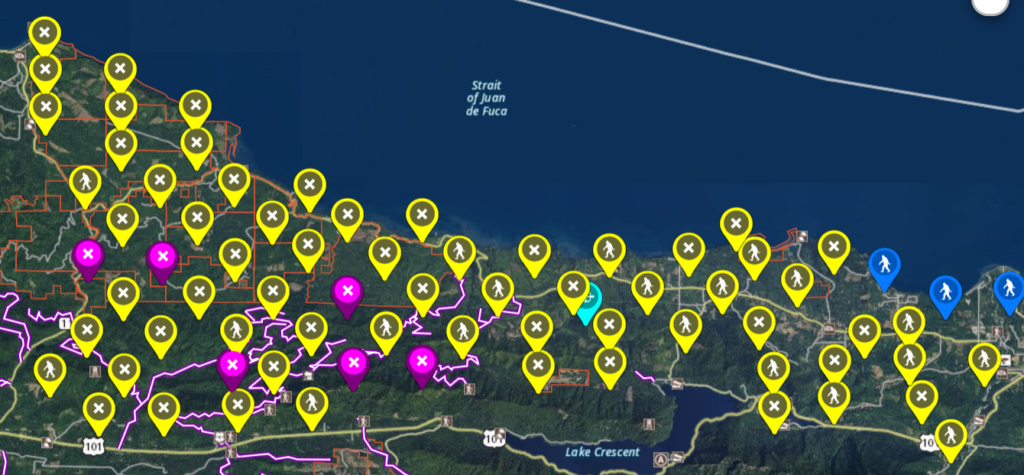
The Olympic Cougar Project is using genetics gathered from cougar scat to estimate the population size of cougars on the north Olympic Peninsula. We are also studying cougar movements to tell us about important habitat corridors, and ultimately to help decision -makers decide where to put a wildlife overpass over Interstate 5. To date, we have put radio-collars on over 100 cougars on the Olympic Peninsula since 2018, allowing us to map dispersal routes of multiple young males. This work is gaining attention worldwide and was recently featured in National Geographic Kids!
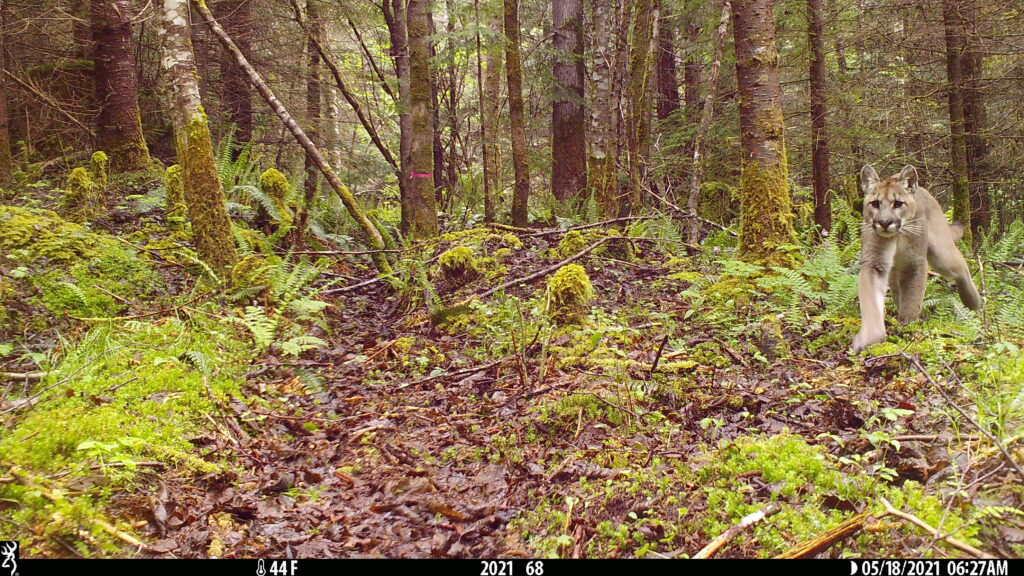
To learn more about the Olympic Cougar project:
